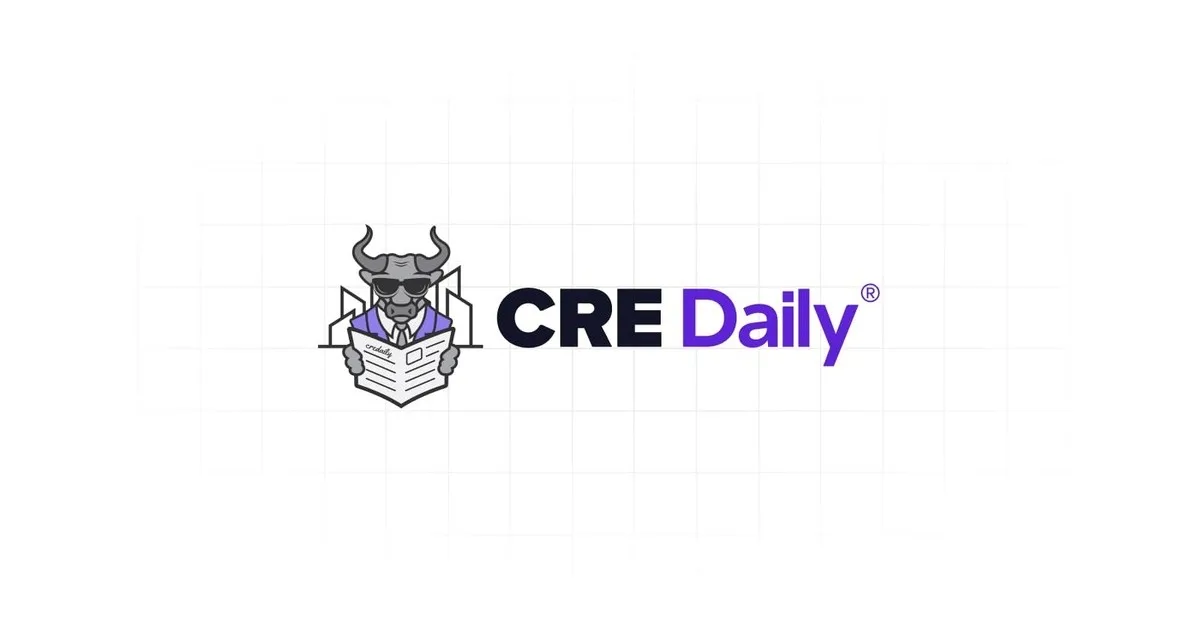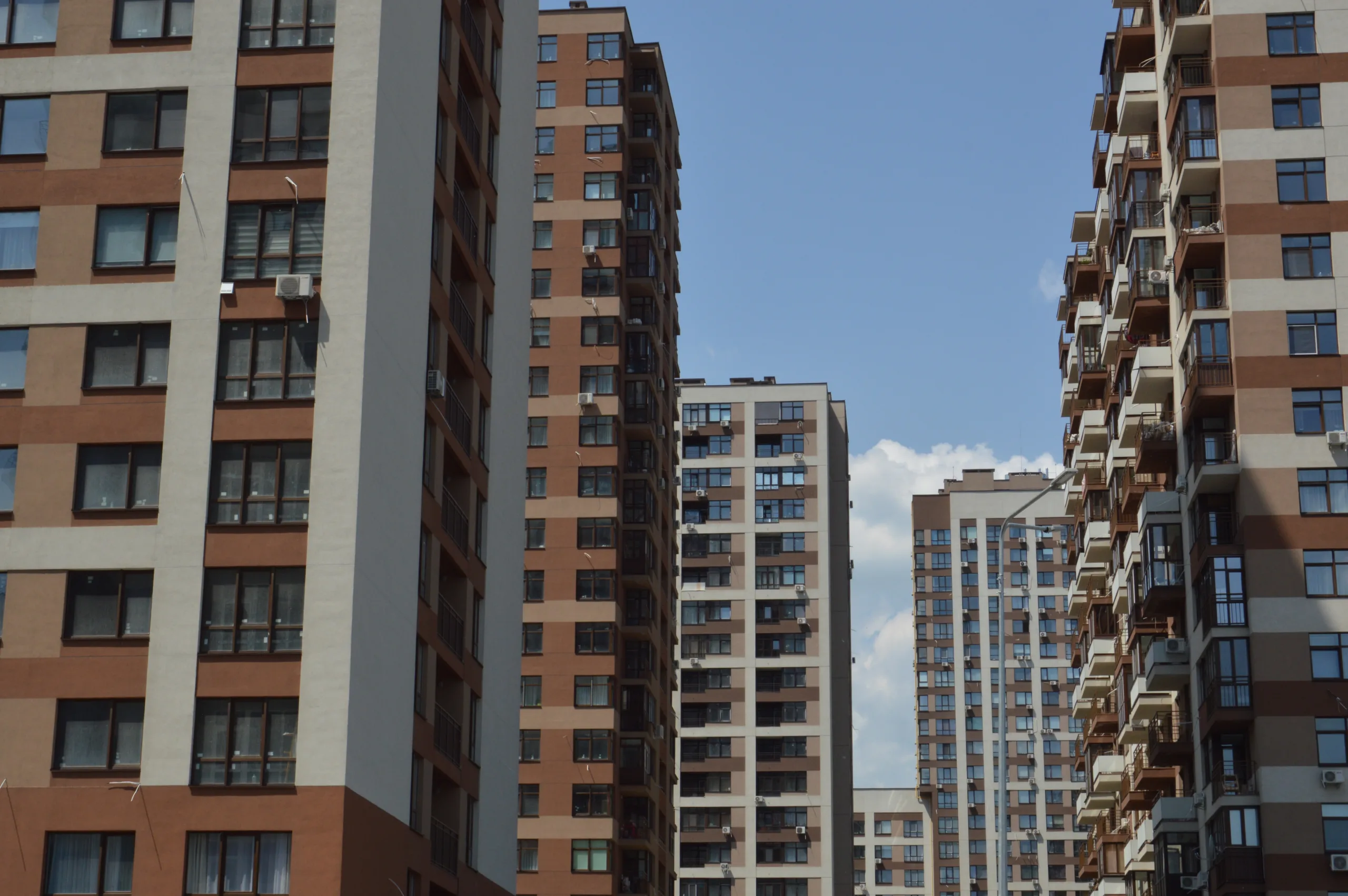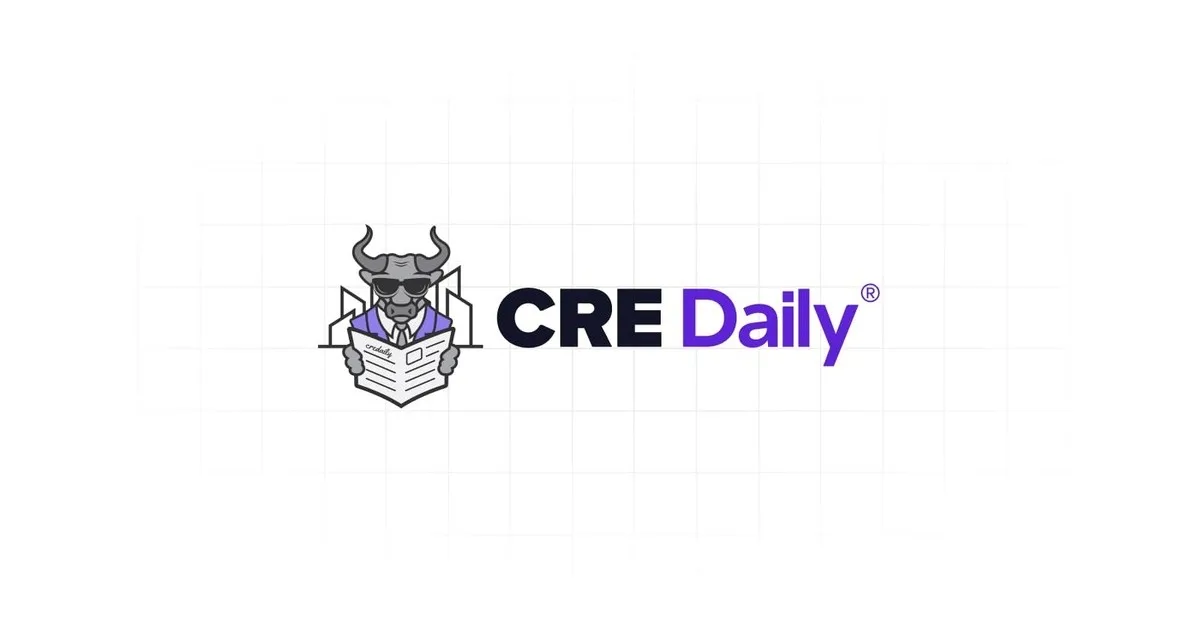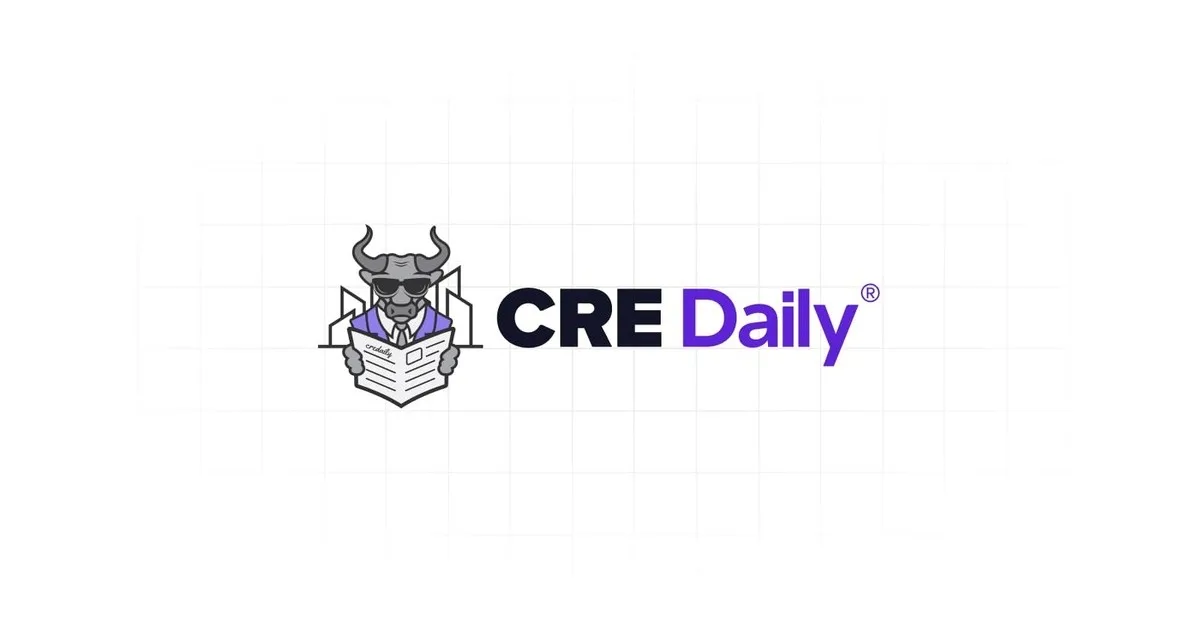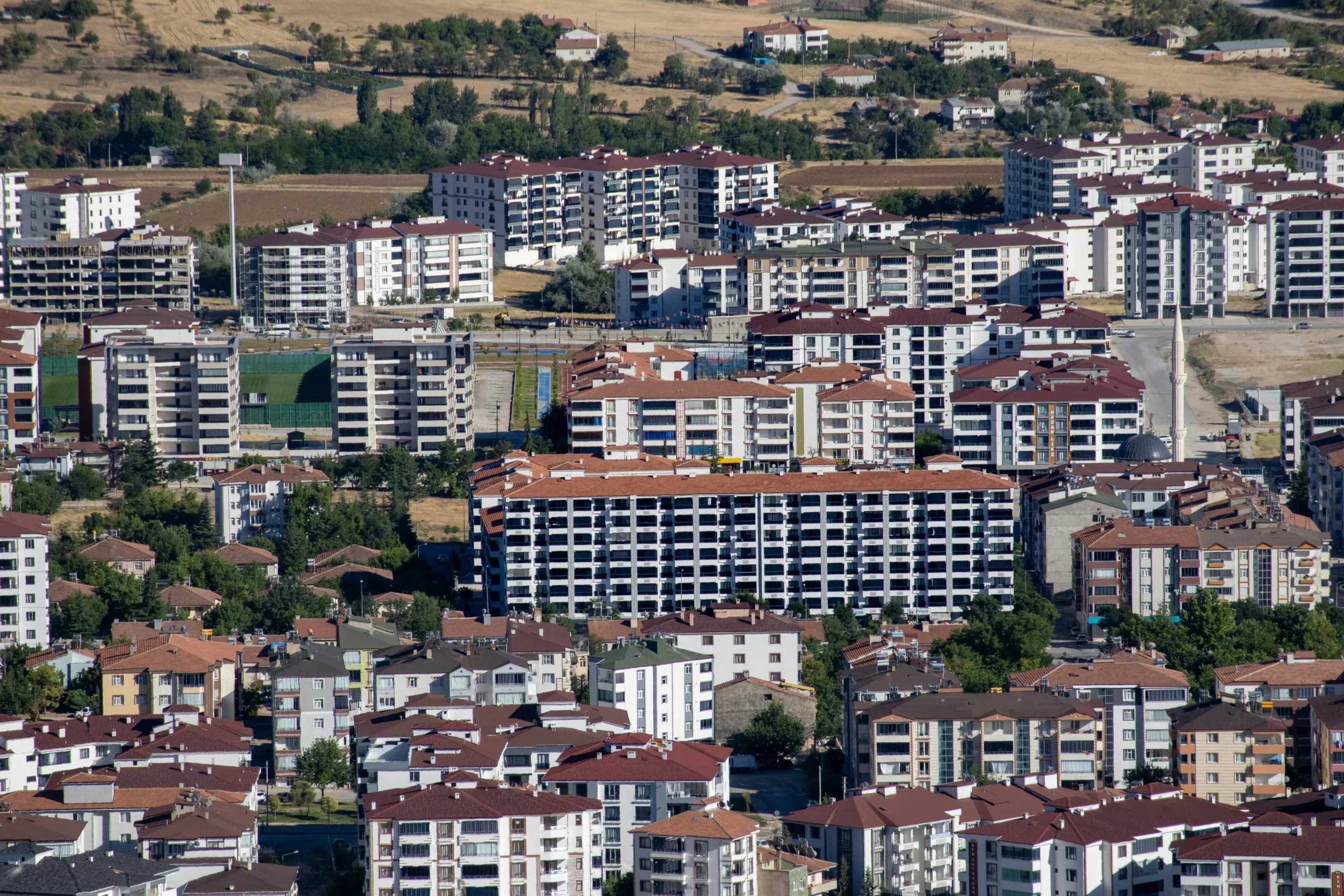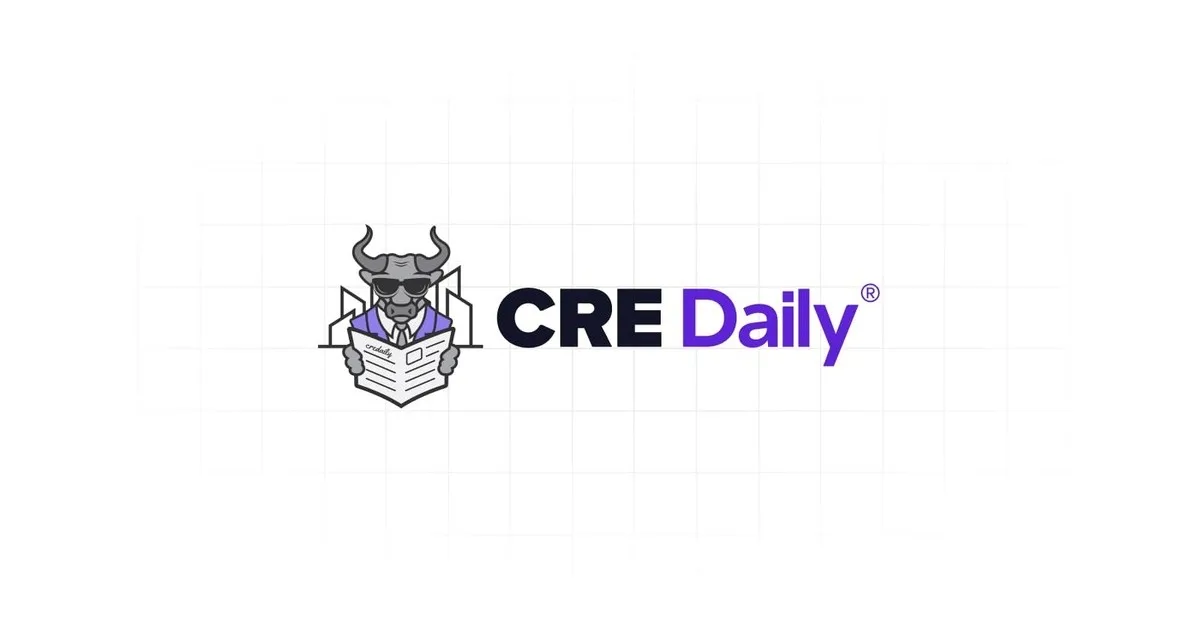- Investor purchases slowed in 1H 2025, with 136K homes bought in Q2—down 2.7% year-over-year—even as their market share remained steady at 9.2%.
- Small investors accounted for 62.5% of all investor activity, their highest share since 2007, vastly outpacing large firms.
- Investors bought 41K more homes than they sold, intensifying inventory challenges for lower-income and first-time buyers.
- Investors concentrated on lower-priced markets in the South and Midwest, while speculative buyers paid steep premiums in high-demand states like California and New York.
A Slower Pace, But Strong Presence
Investor homebuying in the US decelerated in early 2025, according to a new report from Realtor.com, reports GlobeSt. Investor activity made up 10.8% of purchases in H1, up 0.1%, even as overall volume fell with a cooling housing market. Investor purchases fell 1.8%, but a 3.8% drop in overall sales helped investors maintain their share of the housing market.
In Q2, investors acquired 136K homes, down 2.7% year-over-year. The drop suggests rising mortgage rates and economic uncertainty are slowing 2024’s investor-driven surge.
Small Investors, Big Footprint
The most notable shift in 2025 is who’s doing the buying. Smaller investors, defined as buyers using business entities but not classified as large firms, now account for 62.5% of investor purchases. It’s their largest share since before the Great Recession. In Q2, they bought approximately 70K homes, more than triple the 19,800 snapped up by large-scale investors.
Deals involving large institutional investors fell to just 20.1% of investor activity, suggesting a retreat from aggressive portfolio expansion seen in previous years.
Get Smarter about what matters in CRE
Stay ahead of trends in commercial real estate with CRE Daily – the free newsletter delivering everything you need to start your day in just 5-minutes
Where—And What—They’re Buying
Small investors continue to dominate the lower end of the market. In Q2, the median price of an investor-purchased home was $287K—$85K less than the national median. These homes are often found in the South and Midwest, where rent-to-price ratios are attractive and rental demand remains steady.
Metros like Memphis, St. Louis, and Oklahoma City topped the list for investor buying share. States such as Missouri, Mississippi, Alabama, Nevada, and Indiana are key targets for these cash-flow-focused investors.
Two Investor Mindsets
Realtor.com identifies two types of investor strategies emerging in 2025:
- Income-Oriented Investors: Favoring stable markets with high rental vacancy and affordable pricing, aiming for long-term returns and reliable cash flow.
- Speculative Investors: Seeking properties in tight-supply or high-growth markets. These buyers often pay premiums to access lifestyle markets with strong appreciation potential.
For example, in Montana, the median investor purchase was 35% higher than the overall median, signaling a willingness to pay for future upside.
High-Premium States And Metros
Investors willing to pay over-market prices are concentrating in Montana, Utah, California, New York, and Vermont—often to gain access to constrained, high-demand areas.
By metro, investors paid the biggest premiums in:
- Los Angeles: 19.8% above the median
- San Diego: 9.2% above
- New York City: 8.7% above
- San Francisco: 6.8% above
- Nashville: 3.4% above
Why It Matters
Investor activity is not just shaping housing availability—it’s increasingly shaping housing affordability. With investors buying more than they sell, particularly in affordable segments, competition for entry-level homes has intensified. That dynamic puts further pressure on first-time buyers already struggling with high rates and limited inventory.
What’s Next
As mortgage rates remain elevated and institutional capital pulls back, small investors could continue to dominate the market into 2026. Their impact, particularly in lower-priced regions, will be key to watch as affordability and access remain front-burner issues in housing policy.
According to Realtor.com, this evolving investor landscape suggests a broader decentralization of housing investment power, with long-term implications for pricing, supply, and regional housing equity.

